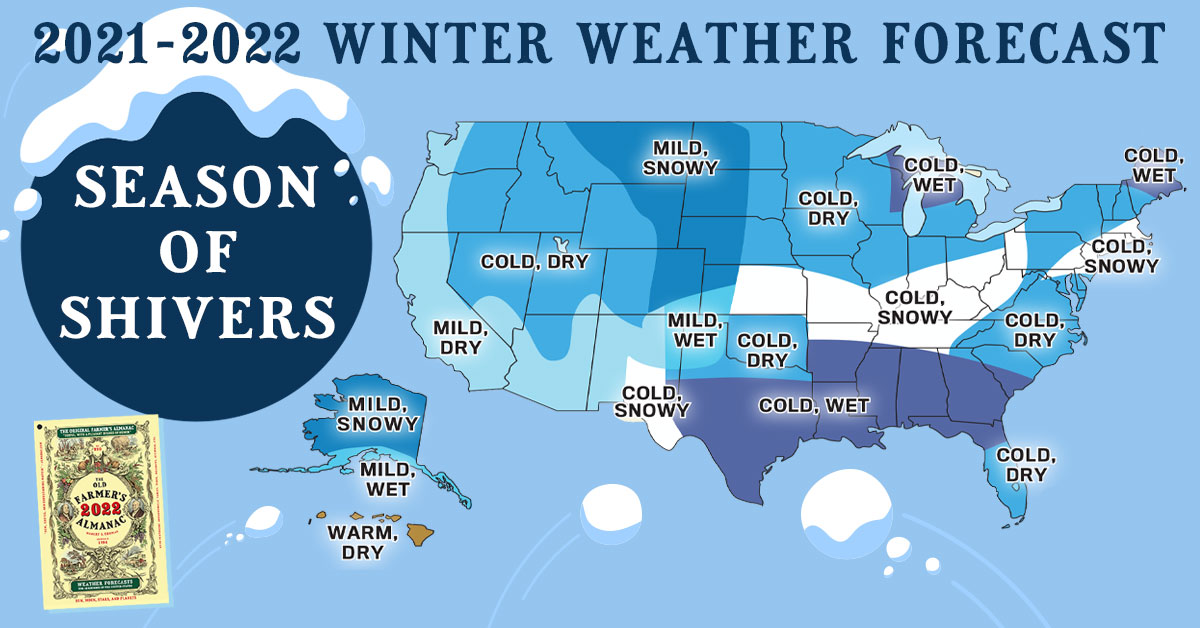Fall is here, but for many winter is right around the corner. And that means snow. What about the Old Farmer’s Almanac? What does that say about this winter and how much snow the Northeast will see?
Most of the country is expected to see ‘below average’ temperatures. “This coming winter could well be one of the longest and coldest that we’ve seen in years,” Almanac Editor Janice Stillman told Gannett recently.
Where will the most snow fall this winter?
According to the Farmer’s Almanac the highest totals will be in New England and the Ohio Valley. Essentially, areas that are prone to major winter weather events — like systems sweeping across the midwest and those that ride northward up the East Coast.
As for other parts of the Northeast — it will be snowy — but cold seems to be the bigger player. In fact, the cold expected is described as ‘bone chilling’ in the Farmer’s Almanac this season.
How long will the cold last?
The Farmer’s Almanac suggests that there will be long stretches of cold for the Northeast this winter. In the early months between late-November and early-January. Then another push of colder than normal air between late-January and mid-February.
How does the Farmer’s Almanac make predictions?
It uses solar science, which is the study of solar activity and sunspots. It also uses prevailing weather patterns and study of historical data.
In other words, with more than 100 years of data to utilize — predictions can be made based on case studies.
“We predict weather trends and events by comparing solar patterns and historical weather conditions with current solar activity,” the Almanac’s authors say. “Our forecasts emphasize temperature and precipitation deviations from averages, or normals. These are based on 30-year statistical averages prepared by government meteorological agencies.”

FingerLakes1.com is the region’s leading all-digital news publication. The company was founded in 1998 and has been keeping residents informed for more than two decades. Have a lead? Send it to [email protected].

